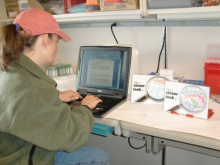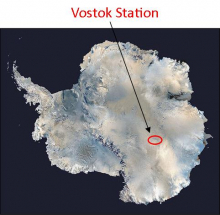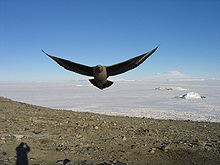Tundra Nutrient Seasonality
What Are They Doing?
 Tundra plants and antler
Tundra plants and antler
Arctic soils have large stores of carbon and as the arctic environment warms, this carbon may be released to the atmosphere in the form of greenhouse gases such as carbon dioxide and methane. The current understanding of tundra ecosystems and their responses to climate change is based on the idea that nitrogen limits plant growth, however nitrogen availability is strongly seasonal, with large amounts available early in the growing season but very little available later on.
Since nutrient cycling on the tundra changes throughout the season, the research team worked to understand how seasonal changes in tundra plants and soil dynamics are affected by changes in the timing of snowmelt and warming. By experimentally manipulating factors such as the timing of spring thaw and fall freeze directly on the tundra, the team could study how this affects the ecosystem directly. The team was engaged in a mixture of outdoor field sampling, experimentation, and laboratory work. Through this research, the team aimed to better predict the impacts of changing growing season timing and duration on the carbon balance of arctic ecosystems.

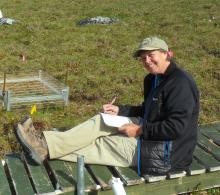
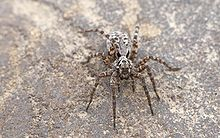 Wolf Spider
Wolf Spider
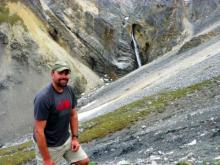
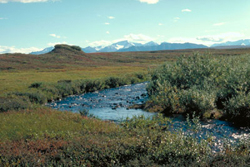 Stream flowing through arctic tundra
Stream flowing through arctic tundra
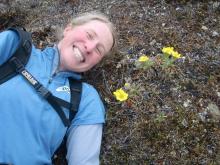
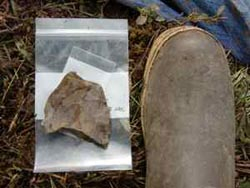 A sample of chert unearthed at Raven Bluff, Alaska
A sample of chert unearthed at Raven Bluff, Alaska

 Bowhead whale jawbones on the beach in Barrow, Alaska
Bowhead whale jawbones on the beach in Barrow, Alaska
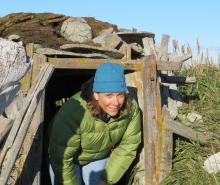
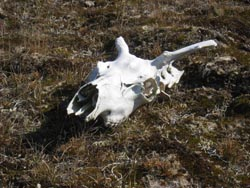 Caribou skull on the tundra
Caribou skull on the tundra
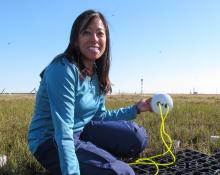
 Sampling river water
Sampling river water

